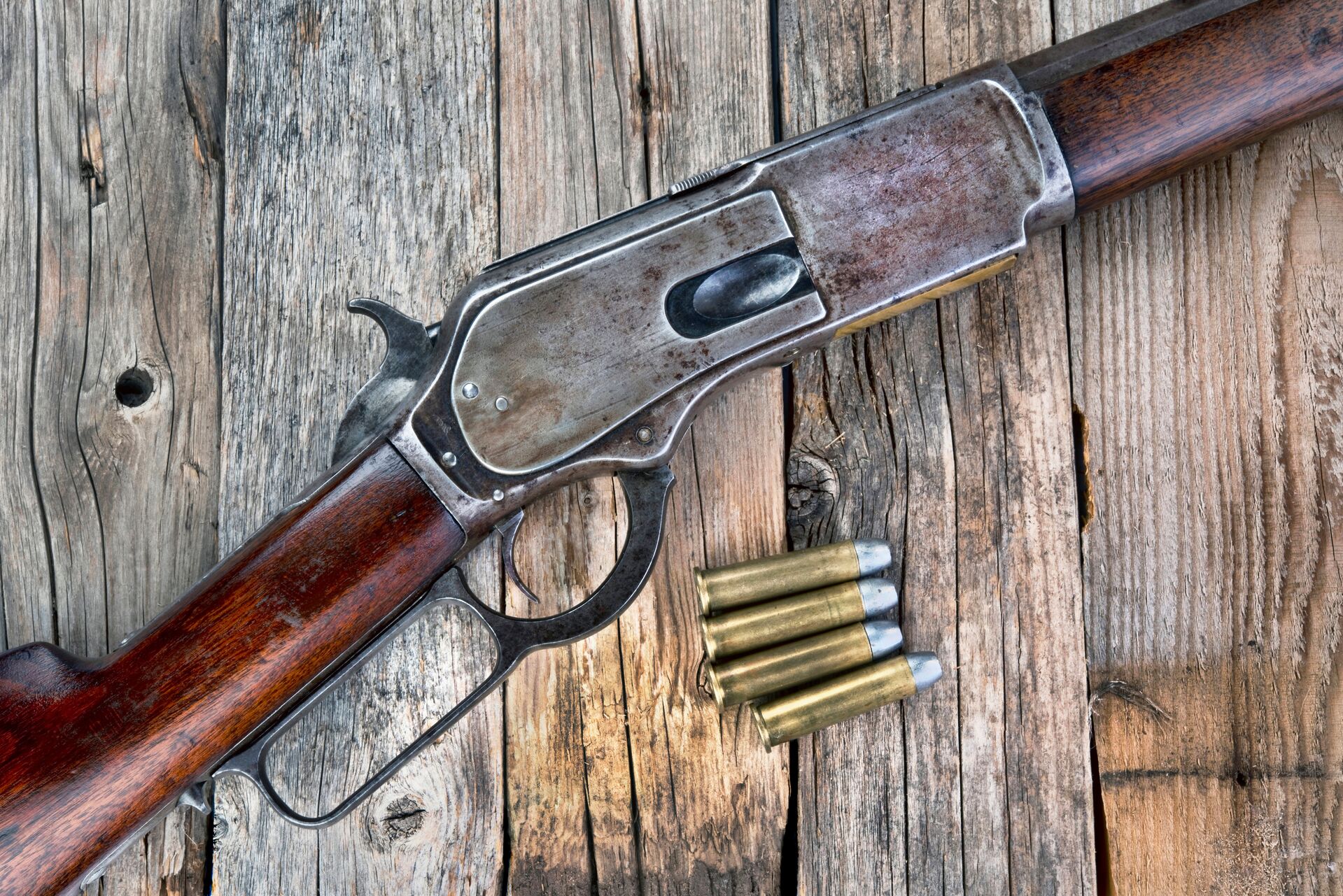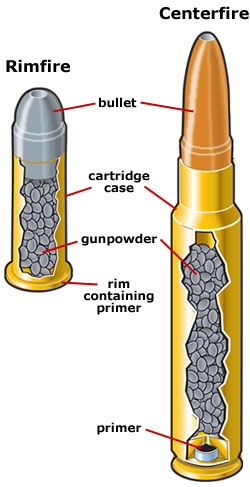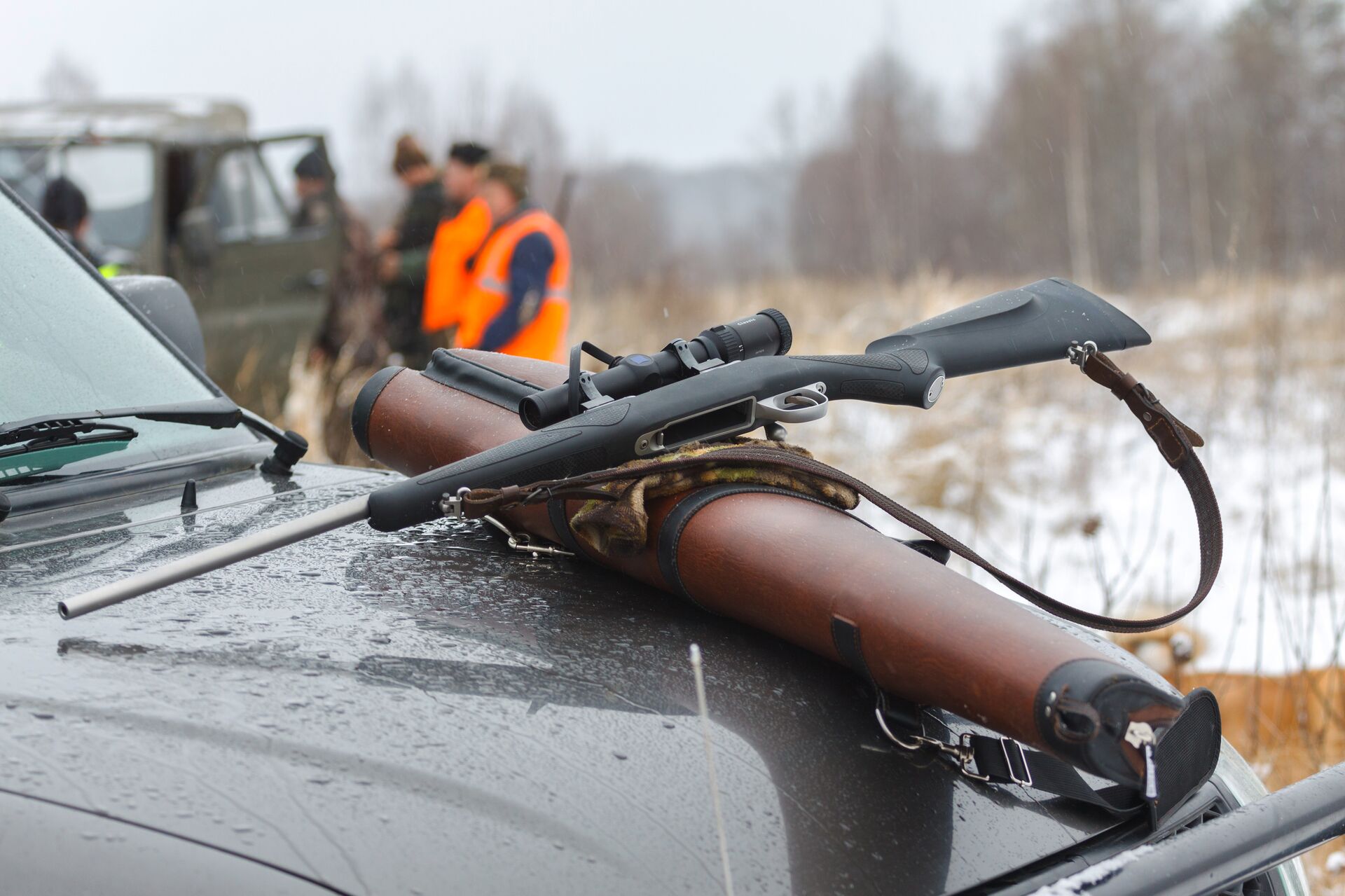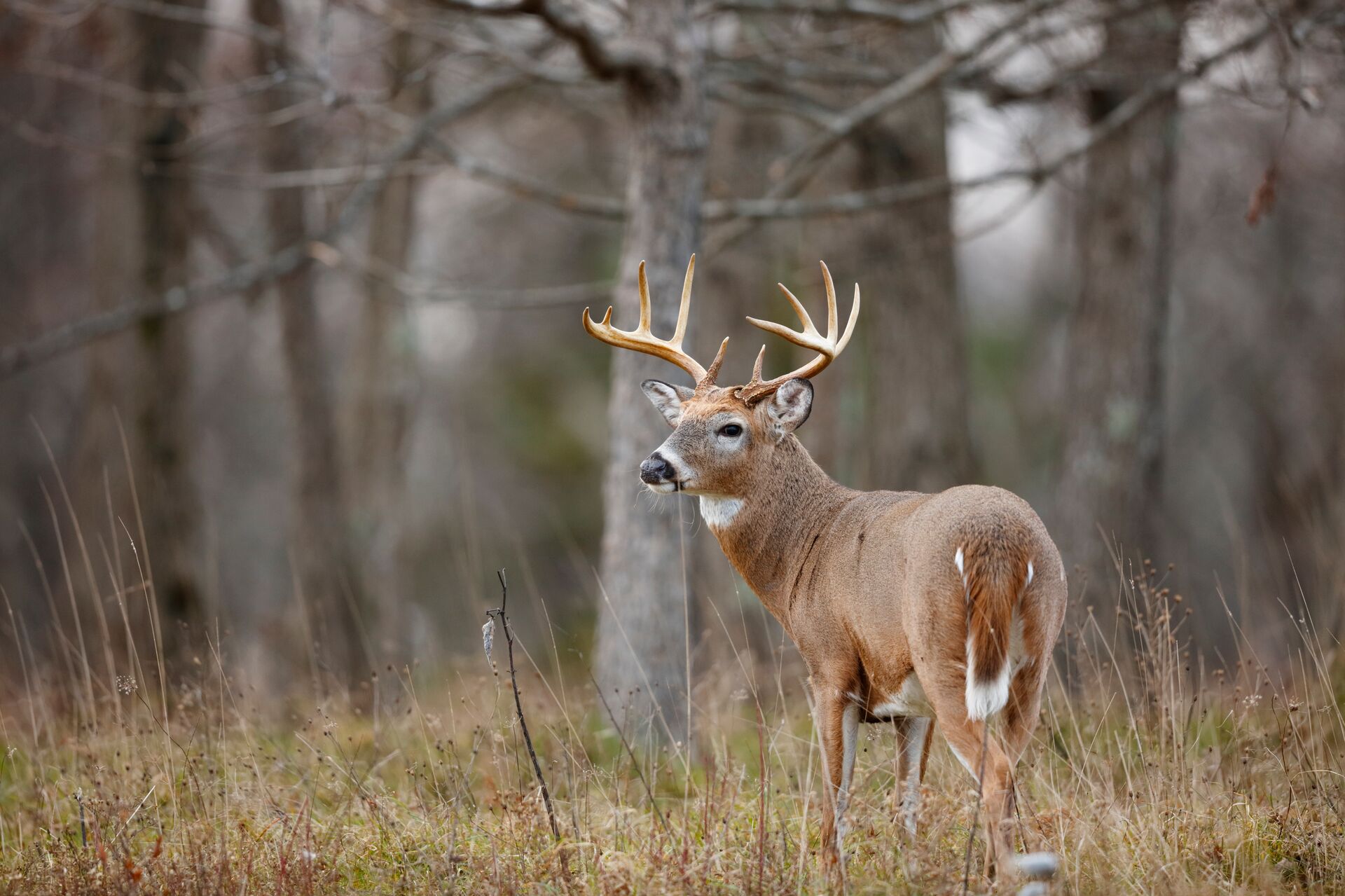What's the Difference? Centerfire vs Rimfire Ammunition

Stepping into the world of firearms can be a bit intimidating at first, especially when trying to understand the basic concepts and how they apply to an ethical and safe hunting experience.
One of the fundamentals you'll need to know is which cartridges to use, and that starts with knowing the difference between centerfire vs rimfire ammunition.
The Basic Mechanism: How It Works
A firearm cartridge consists of a case and projectile (bullet or shot). The projectile is launched by the explosion of gunpowder inside the case.
Gunpowder is ignited by the firearm's hammer or striker hitting the primer at the bottom of the case. The difference between centerfire and rimfire ammunition is in how that primer is detonated.
Centerfire
Centerfire ammunition has a metal primer seated in the center of the cartridge's bottom. This primer is a small metal cup that contains an explosive, usually mercury fulminate.
The explosive detonates when the firing pin hits the primer, igniting the gunpowder.
Rimfire
Rimfire ammunition uses a priming compound spread across the inside bottom rim of a case.
The compound is typically made of lead styphnate, antimony sulfide, and barium nitrate. When the firing pin impacts the rim, it is dented, which causes the chemicals to generate heat and gas that ignite the powder.

When to Use Centerfire vs Rimfire Ammunition When Hunting
Each hunting situation and type of game requires different types of ammunition. Understanding where centerfire and rimfire ammo perform best will help you select the correct cartridge type for your hunt and firearm.
Centerfire
Centerfire ammunition is the hunter's top choice because it's:
- Available in a wide variety of hunting calibers and gauges
- Ideal for hunting large game such as deer, elk, moose, and bear
- Excellent for long-range precision shooting
- Good in self-defense situations that demand cartridge reliability
Rimfire
Rimfire ammunition is constrained to smaller calibers like the .22 Long Rifle (LR). This cartridge is commonly used for:
- Training new shooters due to low recoil
- Practicing shooting fundamentals due to low ammo cost
- Target shooting or plinking
- Hunting small game such as rabbits, squirrels, and grouse (where legal)

Cost and Availability
As ammunition costs continue to increase, choosing an affordable cartridge is critical.
Being an ethical and proficient hunter requires skill and precision with firearms, which means you'll need to purchase plenty of ammunition for practice. Becoming a better and more accurate hunter comes from dry practice and familiarity with cartridge performance at multiple ranges and in varying weather conditions.
Centerfire ammunition is typically more expensive than rimfire ammunition, but that cost is justified by its superior performance, reliability, and power. In recent years, however, due to primer and powder shortages, centerfire ammo has not always been readily available in some hunting cartridges.
Rimfire ammunition is less expensive and generally more widely available than centerfire ammunition. These factors make it an affordable option for training, plinking, and small game hunting.
However, many states restrict the caliber that can be used to hunt each species. Rimfires are often excluded due to their lack of lethality on game.
Reloadability
Centerfire ammunition is the only choice for experienced hunters who want to customize their hunting ammunition — known as load development.
Due to the rimfire cartridge's design, it cannot be reloaded. So, the fired cartridge case has to be discarded.
On the other hand, centerfire cartridges allow hunters to replace the primer and clean the cartridge to be prepped for multiple reloading. This feature enables serious shooters to create custom loads for their unique hunting needs and save money if the cartridge is limited in availability.

Performance and Power
Getting the proper performance (accuracy) and power (lethality) typically starts with the bullet or pellet size. In other words, choose the projectile with the best terminal ballistic performance for the game you're hunting.
Your next consideration is the cartridge that propels the projectile. Due to the smaller case, rimfire ammunition has less powder, which means lower bullet velocity and energy on impact.
The small case also means hunters can use smaller-diameter projectiles. This is why rimfires are rarely suitable for long-range shooting or use on larger game.
With the variety of bullet sizes, shapes, and cases, centerfire ammunition gives you a more effective and accurate cartridge for larger game. You will have better accuracy at longer distances and projectiles that are impacting with more energy to ensure a more ethical harvest.
Durability and Reliability
When you're in the field, you need your ammunition to do its job in all conditions. Unfortunately, rimfire ammunition isn't the most reliable.
Rough handling and age tend to result in the primer compound detaching from the case. With lower-quality rimfire ammo, that compound may also not be evenly distributed inside the case, resulting in misfires.
Centerfire ammo is also durable and more reliable than rimfire ammo. Since the centerfire primer sits in an external pocket of the cartridge case, the primer compound doesn't mix with the gunpowder like in a rimfire.
This design feature dramatically improves the primer's reliability in igniting the gunpowder.

Which to Choose for Hunting?
Now that you know more about the capabilities of each type of primer, you'll better understand that your choice between rimfire and centerfire ammunition depends on your targeted game and hunting conditions.
Centerfire
You can't go wrong with a centerfire cartridge when you need a reliable one you can depend on for accuracy and knock-down power. Centerfire ammo is the hunter's go-to choice for larger game and any long-distance hunt where lethality and precision are vital to a successful hunt.
Rimfire
Affordable and fun to shoot, rimfire ammunition is best used for mastering shooting fundamentals and using it on small game like rabbits and squirrels. Depending on your local regulations, you may be able to use rimfire ammunition on small varmints like gophers, raccoons, and coyotes.
Due to rimfire ammunition's low recoil and noise signature, it is also an excellent option for introducing new and younger hunters to the sport and practicing marksmanship fundamentals.
No matter which ammunition you choose for your hunt, always practice the four rules of firearm safety when handling your gun.

Choose the Right Ammunition and Stay Safe With Firearms When Hunting
One of the best ways to improve your hunting skills, gain confidence, and increase your firearms knowledge is through education. That's why an online,state-specific hunter safety course, like the ones we offer through ilearntohunt, is critical to becoming a responsible and successful hunter.
Our courses provide key knowledge on ammunition types, safe firearm handling, first aid, hunting skills, and more. So, when considering centerfire vs rimfire ammunition for your next hunt, keep the tips we shared today in mind and make sure you have your hunter education certification!
We're here to help. Choose the course for your state and start learning.






